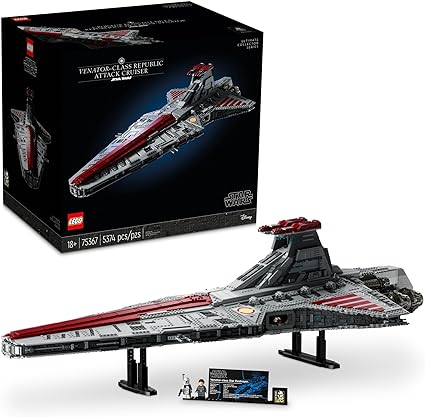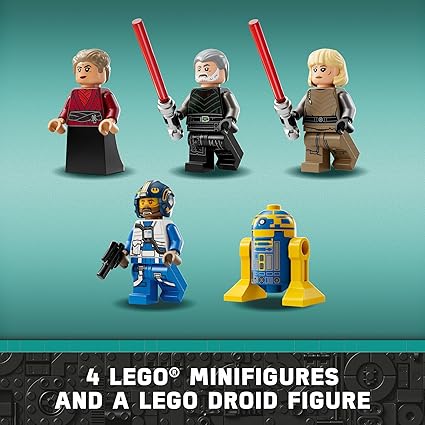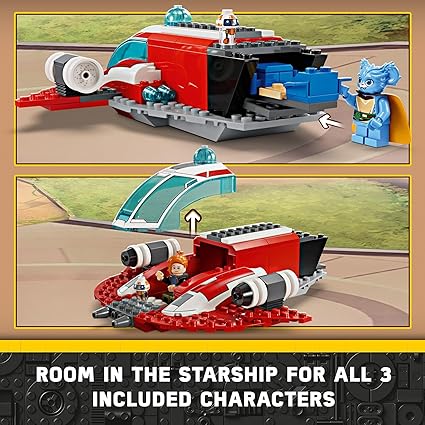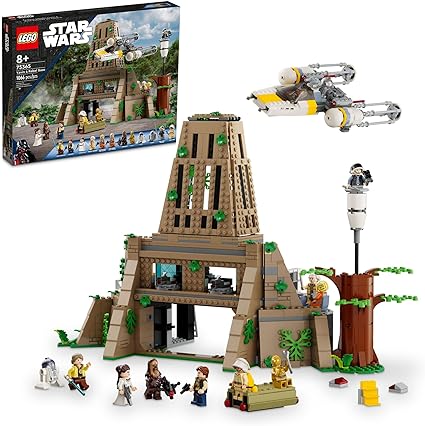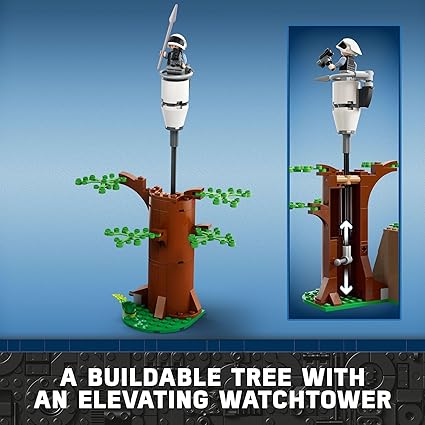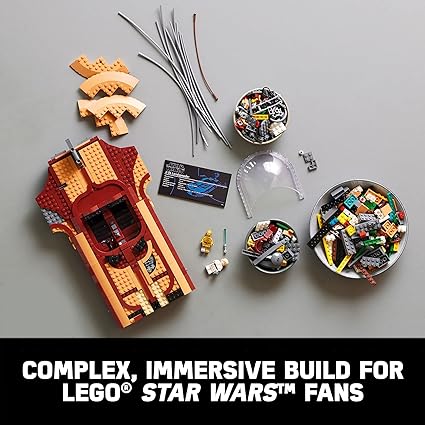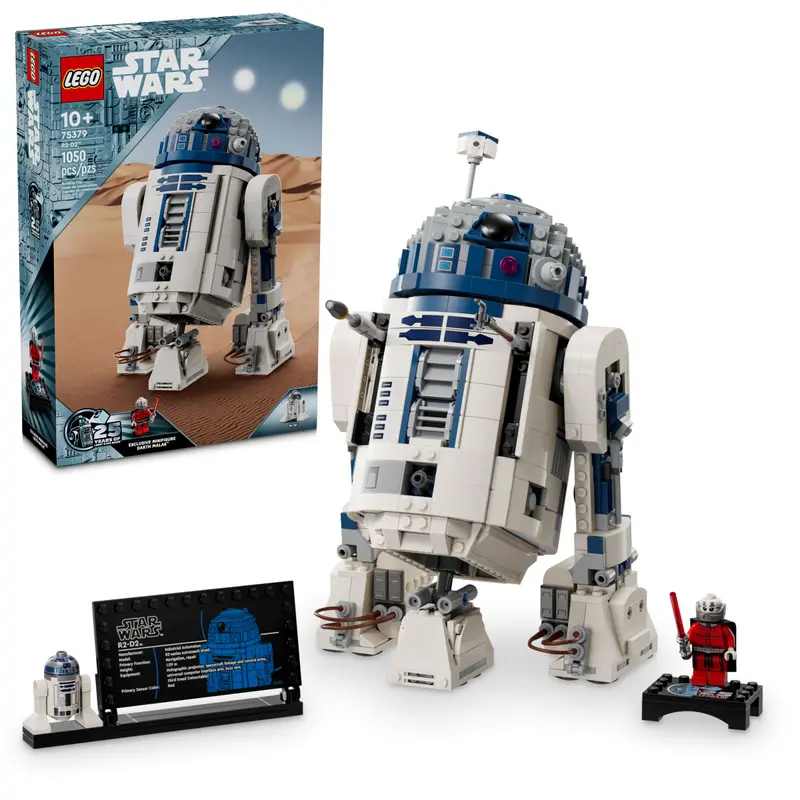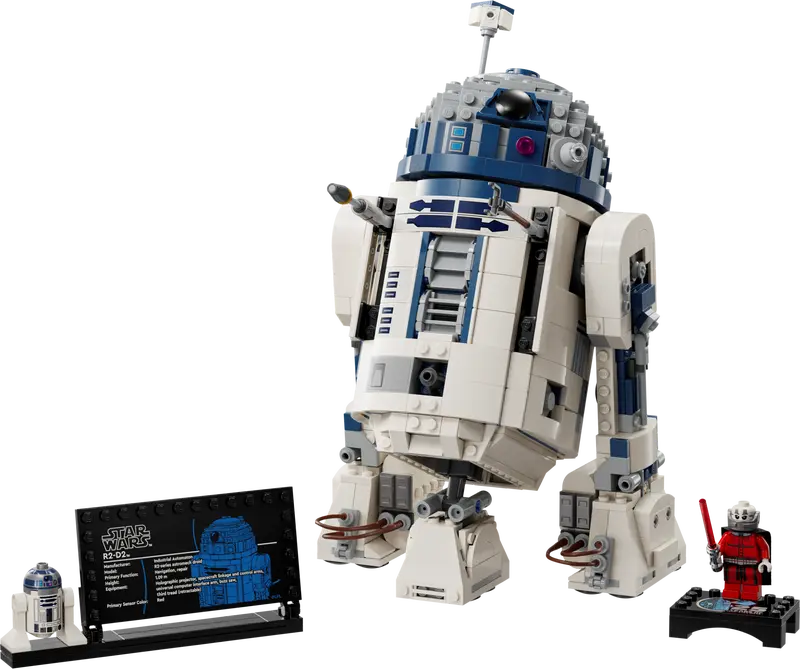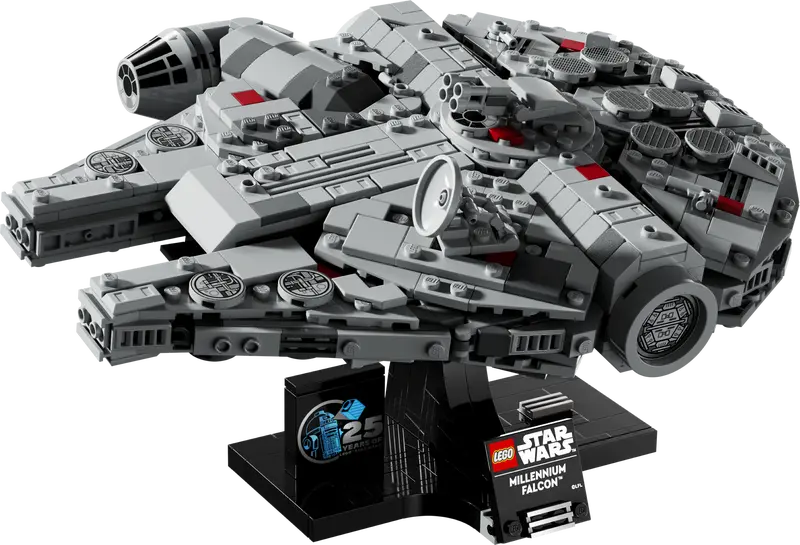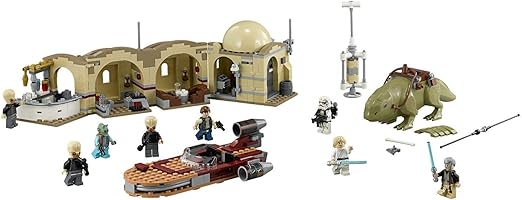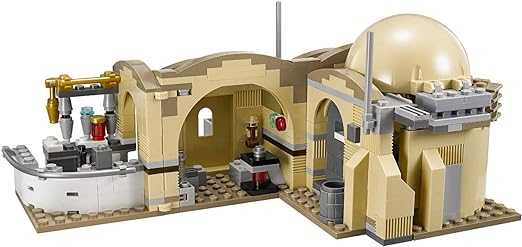LEGO
The LEGO Group, a global enterprise and one of the world’s largest toy manufacturers, has a rich history that dates back to 1932. Founded by Ole Kirk Kristiansen in Billund, Denmark, the company initially started as a small carpenter’s workshop. The name “LEGO” is derived from the Danish words “leg godt,” meaning “play well,” which reflects the company’s philosophy and its ideal. Over the years, LEGO has evolved from producing wooden toys to becoming famous for its iconic LEGO bricks, which were introduced in their present form in 1958. These bricks are celebrated for their unique interlocking principle with tubes, allowing for endless creativity and building possibilities.
The Lego Journey
The origins of LEGO trace back to Ole Kirk Christiansen’s purchase of a woodworking shop in Billund in 1916, which initially focused on constructing houses and furniture. The economic challenges of the time led Christiansen to pivot towards making wooden toys in 1932, marking the beginning of the LEGO Group. The transition to plastic toys began in the late 1940s, with LEGO producing its first plastic brick in 1949. This move was inspired by the introduction of injection molding in Denmark post-World War II, which Ole Kirk Kristiansen embraced by purchasing an injection molding machine.
LEGO’s journey was not without its challenges. The company faced significant hardships, including a warehouse fire in 1960 that destroyed most of its wooden toy stock. This disaster prompted LEGO to focus solely on plastic toys, a decision that paved the way for the development and success of the LEGO brick. The introduction of the LEGO wheel in 1962 and the LEGO train system in 1966 further expanded the company’s product range, contributing to its growing popularity.
The LEGO Group remains a family-owned business, now overseen by Kjeld Kirk Kristiansen, the grandson of the founder. Despite its expansion into video games, films, theme parks, and other ventures, LEGO has maintained its commitment to encouraging play and creativity. The LEGO brick, hailed as the “Toy of the Century” twice, has become a cultural icon, influencing generations of children and adults alike.
LEGO’s enduring success can be attributed to its simple yet innovative design, high-quality products, and the company’s ability to adapt and expand its offerings while staying true to its core values of creativity and learning through play. As of the 21st century, LEGO continues to inspire and entertain millions worldwide, with its products and themed parks bringing joy to people of all ages.





